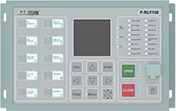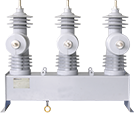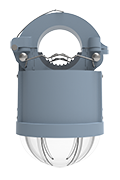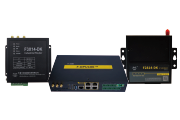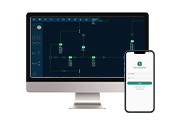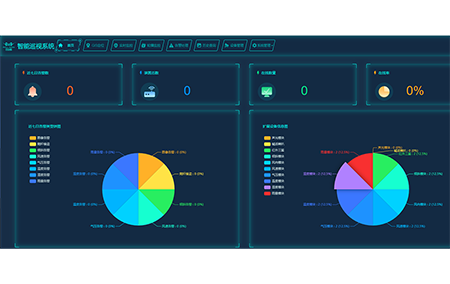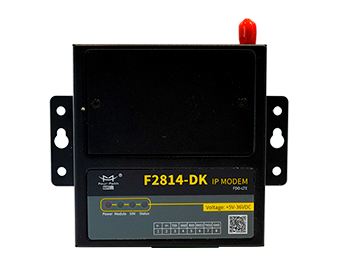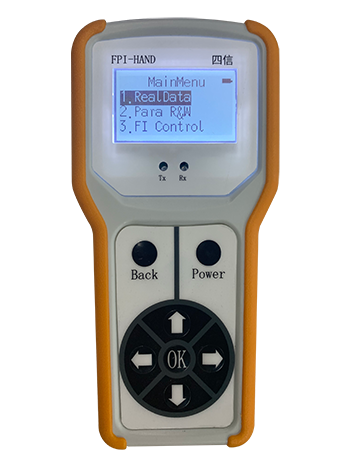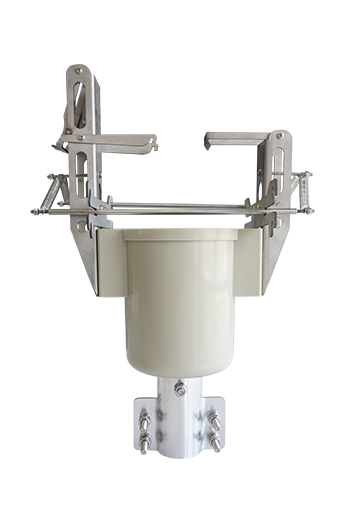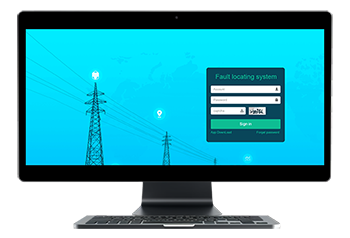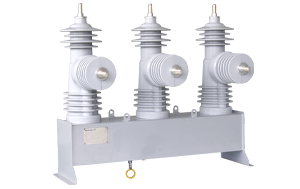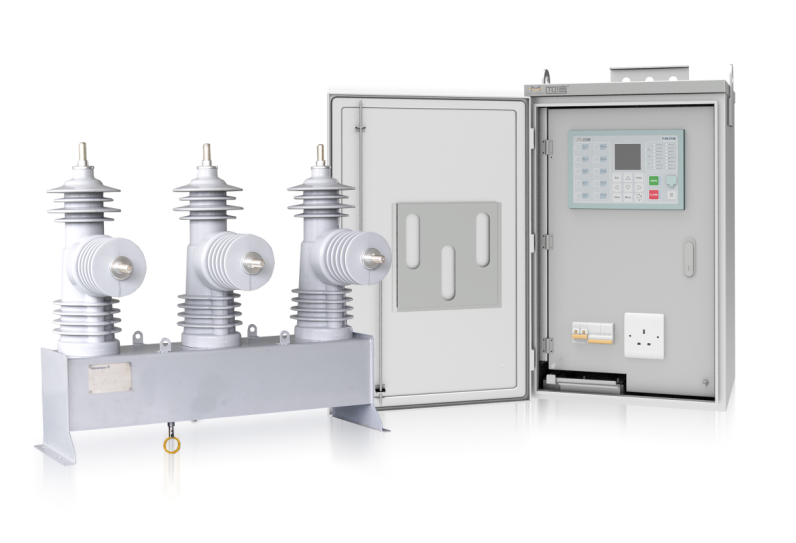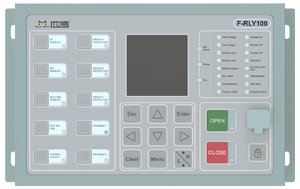News
What is the Distribution Line? Accident Prevention of Distribution Lines
Date:2022-11-17
The distribution line refers to the line that sends power from the step-down substation to the distribution transformer or sends the power from the distribution substation to the power unit.
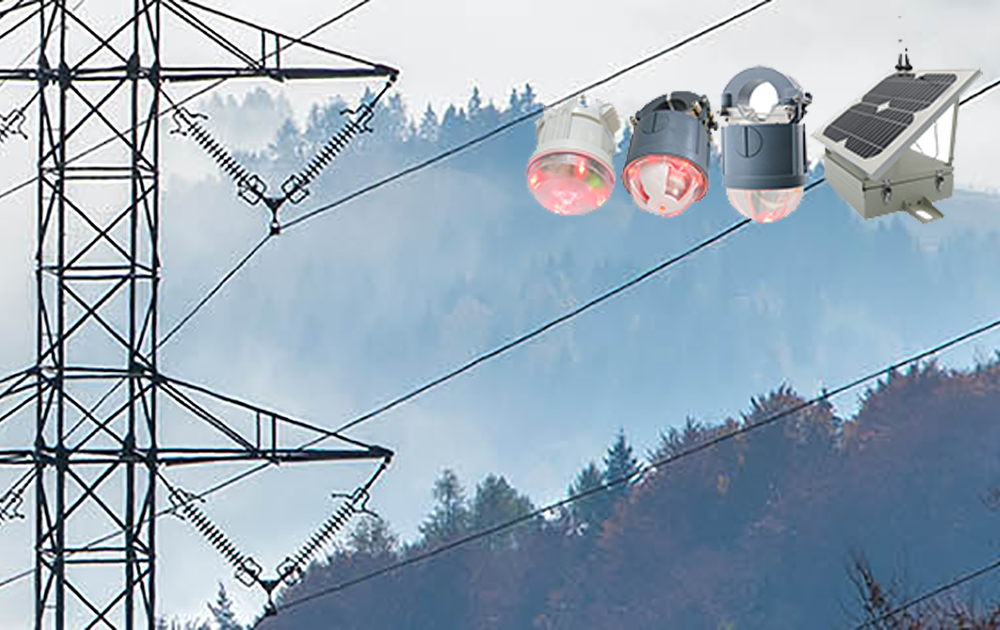
1. Introduction of distribution lines
The distribution line voltage is 3.6kV~40.5kV, which is called high-voltage distribution line; the distribution voltage does not exceed 1kV, the frequency does not exceed 1000Hz, and the DC does not exceed 1500V, it is called low-voltage distribution line. The construction of distribution lines requires safety and reliability, maintaining continuity of power supply, reducing line losses, improving transmission efficiency, and ensuring good power quality.
2. Accident prevention of distribution lines
2.1 The characteristics of step voltage electric shock accidents on distribution lines:
2.1.1 Electric shocks are all caused by step voltage, but the parties do not know what causes it;
2.1.2 The accidents were all caused by improper operation of 10 kV branch line drop-out fuses;
2.1.3 The operator’s safety and technical quality is low, and the single-phase grounding emergency cannot be handled correctly, and the guardian cannot provide correct and effective handling methods, resulting in electric shock accidents;
2.1.4 The ambulance personnel are not familiar with the knowledge of first aid and first aid for electric shock, and after the accident, they are panicked and unable to calm down and deal with it properly, so that they themselves are electrocuted;
2.1.5 Wait until the grounding point is disconnected naturally, and then the person who gets an electric shock is separated from the power supply. Fortunately, the rescue is timely, otherwise the consequences will be more serious;
2.1.6 10 kV branch line drop-out fuses and other line equipment and devices do not meet the standards, and the work of equipment acceptance, operation and maintenance is not in place.
2.2 Lessons learned and preventive measures
2.2.1 When a similar arc discharge ground short circuit accident occurs, first try to cut off the short circuit point. If it is found that in the above-mentioned first accident, the arc of the C-phase drop-out fuse of the 10 kV Zhongshan 123 Line Tangxia Shu Branch Line is pulled out, and there is continuous dripping of molten aluminum, the fuse should be quickly returned to its original position, so that The load current arc is extinguished, and the cause of the arc is found out. If the capacity of the transformer borne by the branch line is large, the distribution transformer load should be cut off first, and then the fuse should be operated; Pick off the broken wire to make the short circuit point disappear, and then try to take off the fuse tube.
2.2.2 When the worker stands on the cement pole, since the short-circuit current mainly flows into the ground through the reinforcement of the cement pole, the resistance of the cement pole is small, and the relative potential difference is small. Therefore, the current flowing through the human body is very small, and generally there will be no numbness. electric sensation. However, once the human body touches the ground, and there is a certain distance, due to the relative distance potential difference formed by the grounding resistance and the soil resistance, it is easy to cause the human body to get an electric shock due to the step voltage. The measure to prevent step voltage electric shock is that the human body cannot touch the pole and the ground at the same time; one or both feet should jump and move side by side, or wear insulating boots. And jump until you jump out of the dangerous area (8 m away from the power grounding point).
2.2.3 First aid for electric shock must be counted against the clock, but blind rescue is not allowed. First aid for electric shock, the first thing to do is to make the person who gets an electric shock quickly disconnect from the power source, and during the process of disconnecting from the power source, the ambulance personnel should not only save people, but also protect themselves. According to the requirements of the "Safety Regulations" (DL409-91), the staff must learn the emergency first aid method, especially the first aid for electric shock.
2.2.4 While strengthening the training of staff on safety technical knowledge, training on operational skills and accident prediction should also be strengthened.
2.2.5 According to the standard of "overhead power distribution lines and equipment operation regulations", regular inspection and maintenance work quality of power distribution lines and equipment should be strengthened, and corresponding economic assessment system should be formulated and strictly implemented.
2.2.6 The commissioning and acceptance of power distribution equipment should be strictly controlled. Those who do not conform to the "Technical Regulations for Design of Overhead Power Distribution Lines" SDJ206-87, "Code for Construction and Acceptance of 35kV and Below Overhead Power Lines" GB50173-92 and rural areas in various provinces (cities) Standard distribution line equipment installed in low-voltage power facilities shall not be put into operation. According to Article 5.0.11 of SDJ206-87 of "Technical Regulations for the Design of Overhead Power Distribution Lines", the minimum distance between the live part and the ground part of the outdoor power distribution device should meet the requirement of greater than 200 mm, and the Tangxiashu branch of Zhongshan Line 123 fell The distance between the live part and the grounding part of the type fuse is only 130mm, and the device does not meet the standard and should be rectified according to the standard.
2.2.7 According to the countermeasure requirements of Zhejiang Power Grid, RW4-10 and RW3-10 drop-out fuses are eliminated products and should be replaced with PRW1-10F(W), RW11-10 and other high-quality standard series products.
3. Road inspection of distribution lines
Regular inspection of power distribution lines can grasp the operating status of the line, timely discover defects and hidden dangers that threaten the safe operation of the line along the line, thereby improving the reliability of power supply and reducing the occurrence of line accidents.
Line inspectors must be familiar with the operating conditions of the equipment on the lines under their jurisdiction, master the changing rules of equipment and maintenance standards, be familiar with relevant regulations, frequently analyze abnormal situations that occur during operation, and propose measures to prevent accidents. The line inspection implements the responsibility system, and the responsibility is assigned to the individual. General defects should be reported on time, and major defects and urgent defects should be reported to full-time technicians, branches and production technology department immediately. The defect report must be clear and true; at the same time, the work should be done with due diligence to prevent missed inspections, missed inspections, and missing items.
Distribution line inspections are divided into regular inspections, night inspections, fault inspections, special inspections (holiday inspections, sensitive period inspections), supervisory inspections and other inspections.

